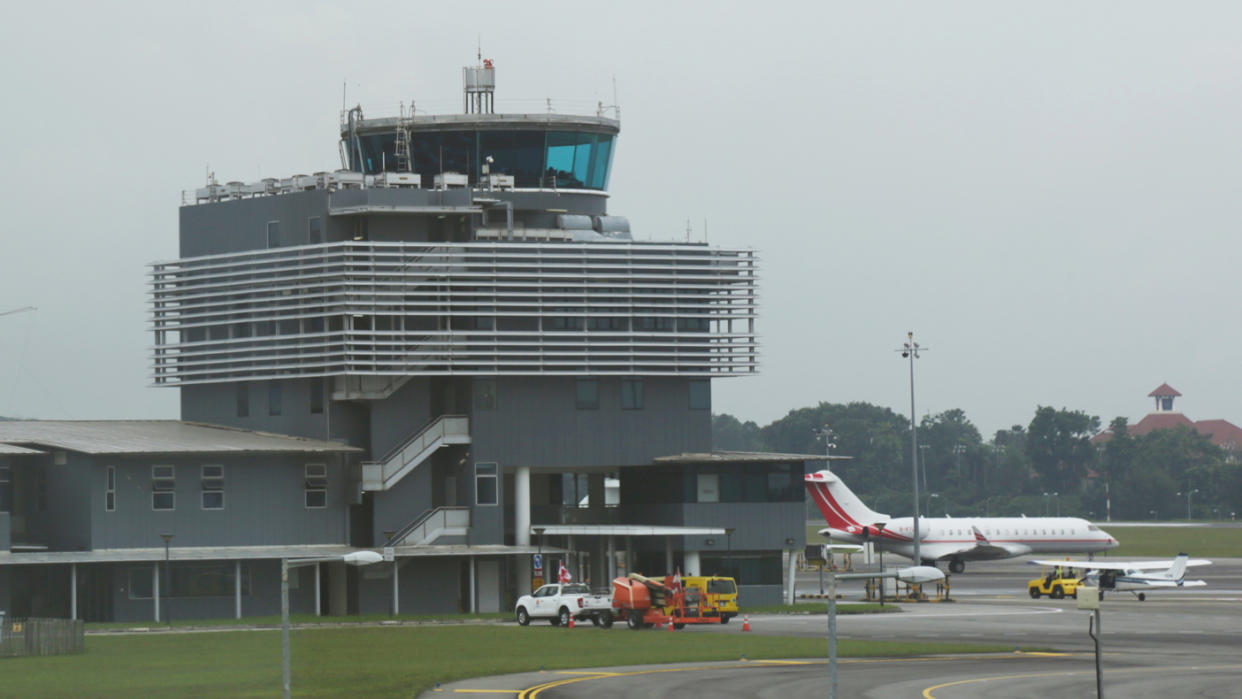Changes to airspace arrangements need consultations with stakeholders: Singapore MOT

The current airspace arrangements have been working well and any proposed changes to them will impact many stakeholders, said Singapore’s Ministry of Transport on Tuesday (4 December).
In response to the Malaysian government’s comments that it would reclaim its airspace from Singapore, MOT said in a statement that the airspace in the region is “one of the most complex in the world” and that air traffic growth is one of the fastest in the world.
“The benefits to both our economies and our people have been tremendous…. Consultations will therefore be required to minimise the impact on airlines and passengers,” MOT said.
Earlier Tuesday, the Malaysian government said that it would reclaim its airspace from Singapore in phases between 2019 and 2023. The Republic has been allowed to use the airspace in southern Johor since 1974.
Putrajaya has also sent Singapore a protest note over the latter’s decision to operate its instrument landing system (ILS) for Seletar Airport near the border with Johor, despite objections from Malaysia.
Malaysian Transport Minister Anthony Loke told Parliament that Putrajaya disallowed the Republic from broadcasting its ILS last month, in a bid to protect the sovereignty of airspace and development around Pasir Gudang in Johor.
Last month, Malaysian budget carrier Firefly said that it would be suspending flights into Singapore from 1 December, citing issues with the Singapore authorities’ plan to move turboprop operations from Changi Airport to Seletar Airport.
MOT said that it noted Loke’s comments on the ILS procedures for Seletar Airport. It added that the Civil Aviation Authority of Singapore informed the Malaysian transport ministry in 2014 of the move of turboprop operations to Seletar.
In December 2017, the ILS procedures were shared with the Civil Aviation Authority of Malaysia (CAAM). MOT noted, “However, despite repeated reminders, we received no substantive response from CAAM until late November 2018.”
MOT stressed that the ILS procedures were designed in line with the standards of International Civil Aviation Organization (ICAO), which CAAM has also acknowledged. They were published in line with Singapore’s responsibilities under the ICAO requirements and bilateral arrangements between the Republic and Malaysia.
In a media conference held in Malaysia on Tuesday, Loke spoke about the current ILS arrangements and their alleged impact on Pasir Gudang.
Loke said, “Seletar Airport is very near to Pasir Gudang. Once they (aircraft) descend, the aircraft have to fly very low over Pasir Gudang airspace and that will have a negative impact on the future development of Pasir Gudang. We can’t even build tall buildings if we allow that flight path.”
MOT said in its statement, “The ILS procedures were designed to align with the existing flight profiles into Seletar Airport, which have been used for decades. The ILS procedures have been designed to take into account existing structures at Pasir Gudang. The procedures therefore do not impose additional impact on other airspace users as well as businesses and residents in Johor.”
In addition, there are procedures and equipment in place to ensure that shipping in the Straits of Johor would not be affected, MOT added.
Speaking to reporters at a doorstop interview at Seletar Airport, Transport Minister Khaw Boon Wan said, “Despite repeated reminders (on the ILS procedures), they did not respond until very recently. At their request, there was a meeting between the two regulators. Malaysian side listed their concerns over the proposed procedures, which is kind of strange, because the procedures essentially just align with the existing flights.
“At this recent meeting, CAAS was able to explain to them and show them that their concerns can be satisfactorily resolved…we proceeded to publish the ILS.”
Noting Malaysia’s desire to provide air traffic services for the airspace, MOT said any proposal should ensure that the safety and efficiency of airspace is not compromised and are in line with ICAO standards and procedures.
Saying that a win-win outcome is possible for the two countries, MOT said, “Singapore and Malaysia are close neighbours, who have had a long history of cooperation and friendly competition. We need to work together to tackle our common challenges and find constructive ways to resolve our differences when interests diverge.”
Khaw also stressed that any changes to airspace arrangements cannot be unilaterally introduced without the involvement of all stakeholders.
“Airspace management has nothing to do with sovereignty. In fact, many countries have airspace, or at least part of their airspace, managed by other countries. But airspace management is very much about safety and about efficiency of the airspace,” he said.
“It is not a straightforward decision to just change the status quo. In fact, ICAO procedures and processes are quite clear. Any changes, there must be a reason…If it doesn’t improve on the status quo, then what is the point of changing?”
Related story:
Malaysian government ships encroaching into Singapore waters for past 2 weeks: MOT



